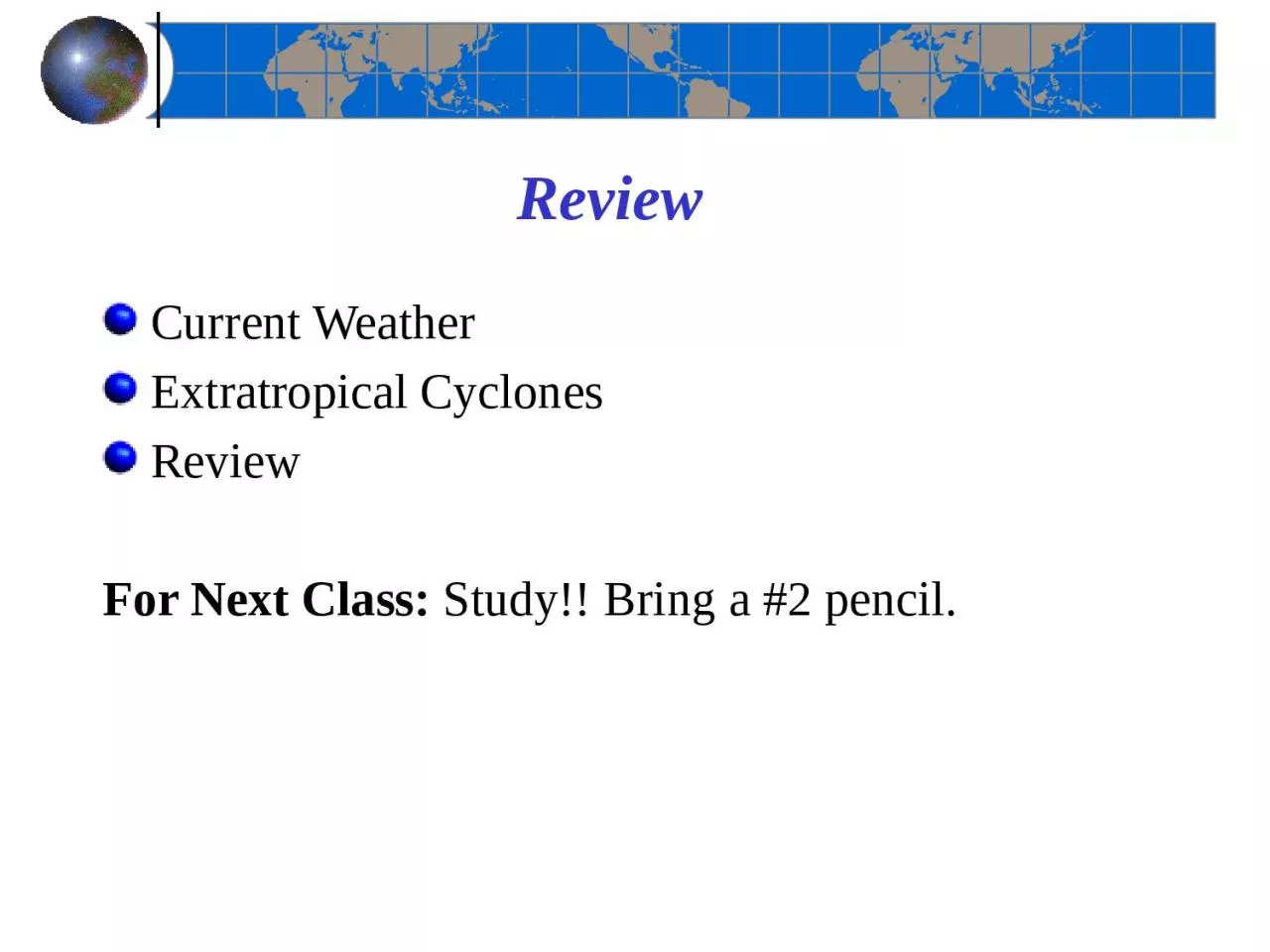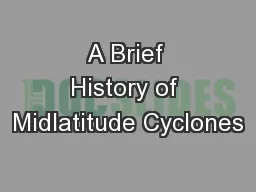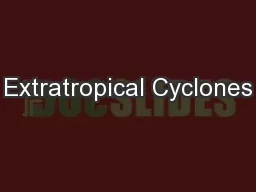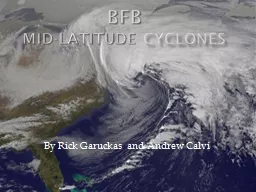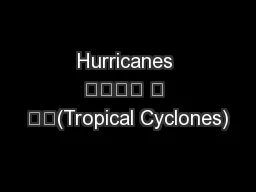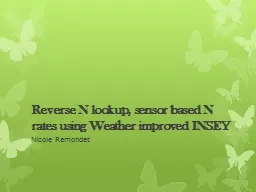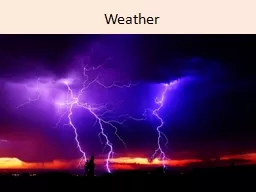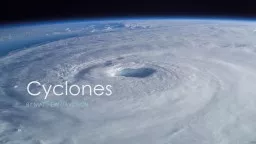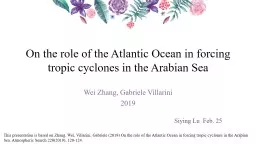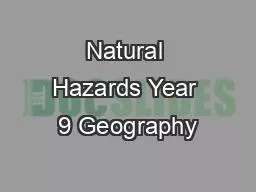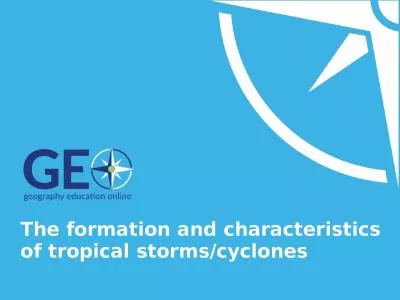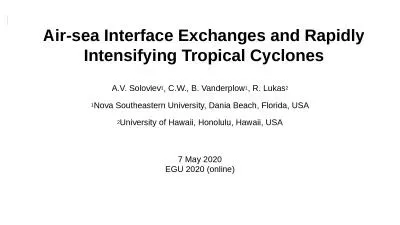PPT-Review Current Weather Extratropical Cyclones
Author : bery | Published Date : 2023-09-25
Review For Next Class Study Bring a 2 pencil Extratropical Cyclones Where are favored locations for extratropical cyclone formation in the contiguous US Climatically
Presentation Embed Code
Download Presentation
Download Presentation The PPT/PDF document "Review Current Weather Extratropical Cyc..." is the property of its rightful owner. Permission is granted to download and print the materials on this website for personal, non-commercial use only, and to display it on your personal computer provided you do not modify the materials and that you retain all copyright notices contained in the materials. By downloading content from our website, you accept the terms of this agreement.
Review Current Weather Extratropical Cyclones: Transcript
Download Rules Of Document
"Review Current Weather Extratropical Cyclones"The content belongs to its owner. You may download and print it for personal use, without modification, and keep all copyright notices. By downloading, you agree to these terms.
Related Documents

